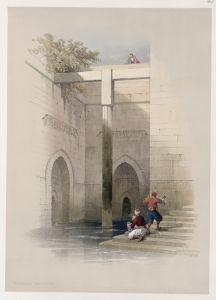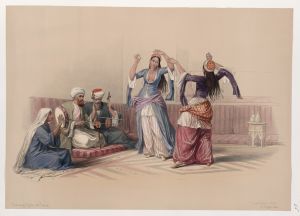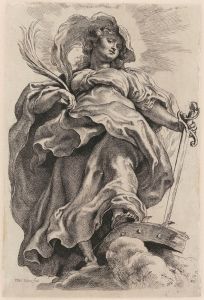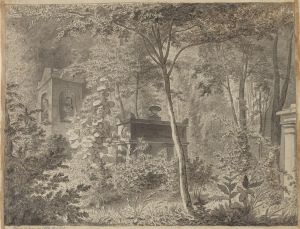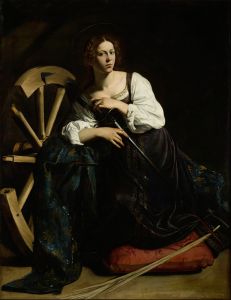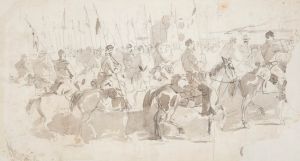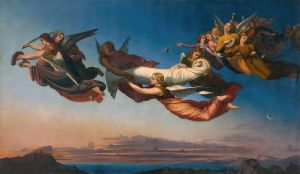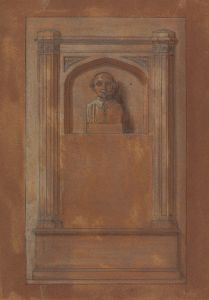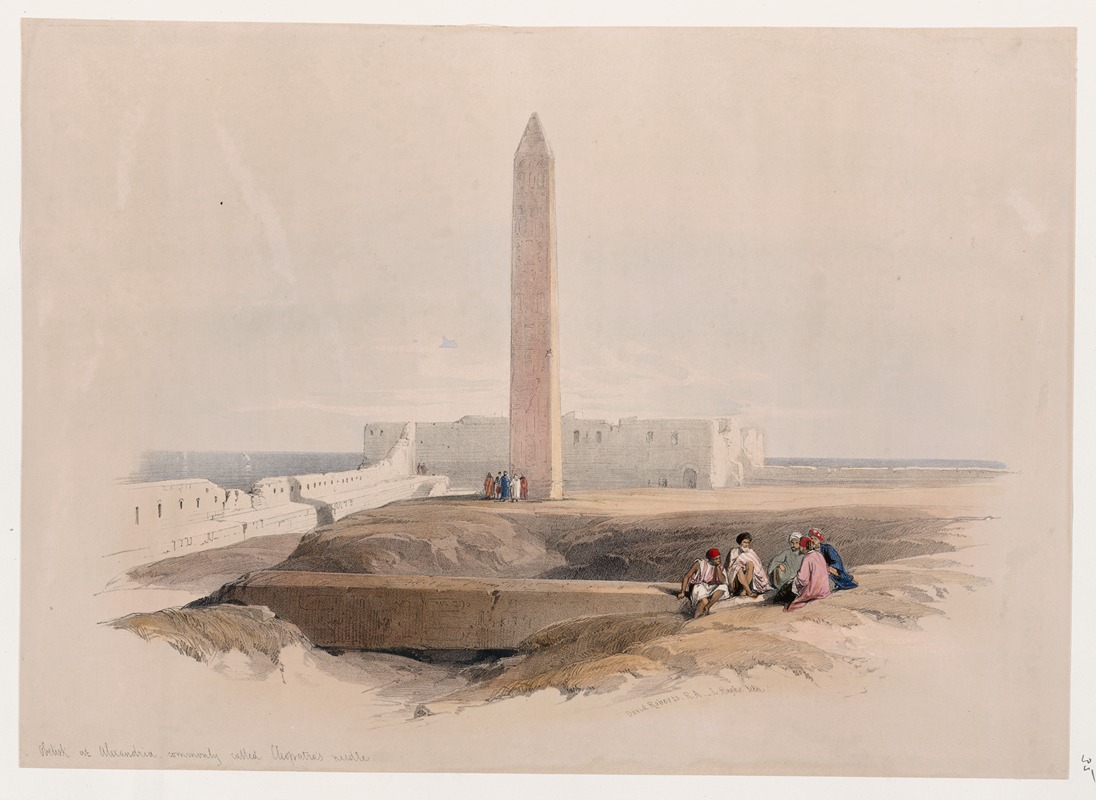
Obelisk at Alexandria, commonly called Cleopatra’s needle.
A hand-painted replica of David Roberts’s masterpiece Obelisk at Alexandria, commonly called Cleopatra’s needle., meticulously crafted by professional artists to capture the true essence of the original. Each piece is created with museum-quality canvas and rare mineral pigments, carefully painted by experienced artists with delicate brushstrokes and rich, layered colors to perfectly recreate the texture of the original artwork. Unlike machine-printed reproductions, this hand-painted version brings the painting to life, infused with the artist’s emotions and skill in every stroke. Whether for personal collection or home decoration, it instantly elevates the artistic atmosphere of any space.
David Roberts' painting "Obelisk at Alexandria, commonly called Cleopatra’s Needle" is a 19th-century artwork that depicts one of the ancient obelisks originally erected in Heliopolis, Egypt, during the reign of Pharaoh Thutmose III (1479–1425 BCE). The obelisk, known as Cleopatra's Needle, was later moved to Alexandria under Roman rule, where it stood for centuries before being transported to London in the 19th century. Roberts, a Scottish painter renowned for his detailed and romanticized depictions of historical and architectural landmarks, created this artwork as part of his extensive travels and studies of the Middle East and North Africa.
The painting captures the obelisk in its historical setting in Alexandria, prior to its relocation to London in 1877. Roberts' work is characterized by its meticulous attention to architectural detail and its ability to evoke the grandeur of ancient monuments. In this piece, the obelisk is shown surrounded by the urban landscape of Alexandria, providing a glimpse into the historical context in which it stood. The artist's use of light and shadow enhances the monument's imposing presence, emphasizing its significance as a relic of ancient Egyptian civilization.
David Roberts visited Egypt in 1838–1839 as part of his broader travels in the region. During this journey, he produced numerous sketches and studies of ancient sites, which he later developed into finished paintings and lithographs. These works contributed to the growing European fascination with Egyptology in the 19th century and remain valuable records of the appearance of these sites during that period.
The obelisk depicted in the painting is one of a pair; its twin was later transported to New York City in 1881. Despite being commonly referred to as Cleopatra's Needle, the obelisks have no direct connection to Cleopatra VII, the famous queen of Egypt. The nickname was likely a romanticized attribution made during the 19th century, reflecting the era's fascination with both ancient Egypt and Cleopatra as a historical figure.
Roberts' painting serves as both an artistic and historical document, offering insight into the cultural and architectural heritage of Alexandria before significant changes were made to its landscape. Today, the obelisk depicted in the artwork stands on the Victoria Embankment in London, where it continues to be a prominent symbol of the enduring legacy of ancient Egyptian civilization.






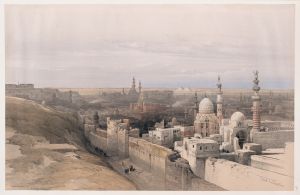
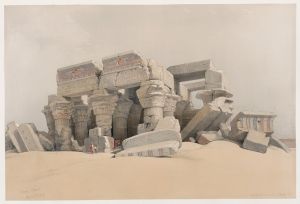
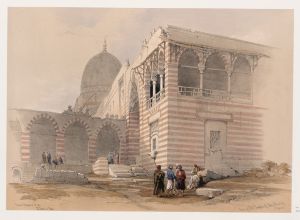
![Portico of the Temple of Kalabshi [Kalâbishah].](/imgs/217528/s/david-roberts-portico-of-the-temple-of-kalabshi-kalabishah-3a295995.jpg)
